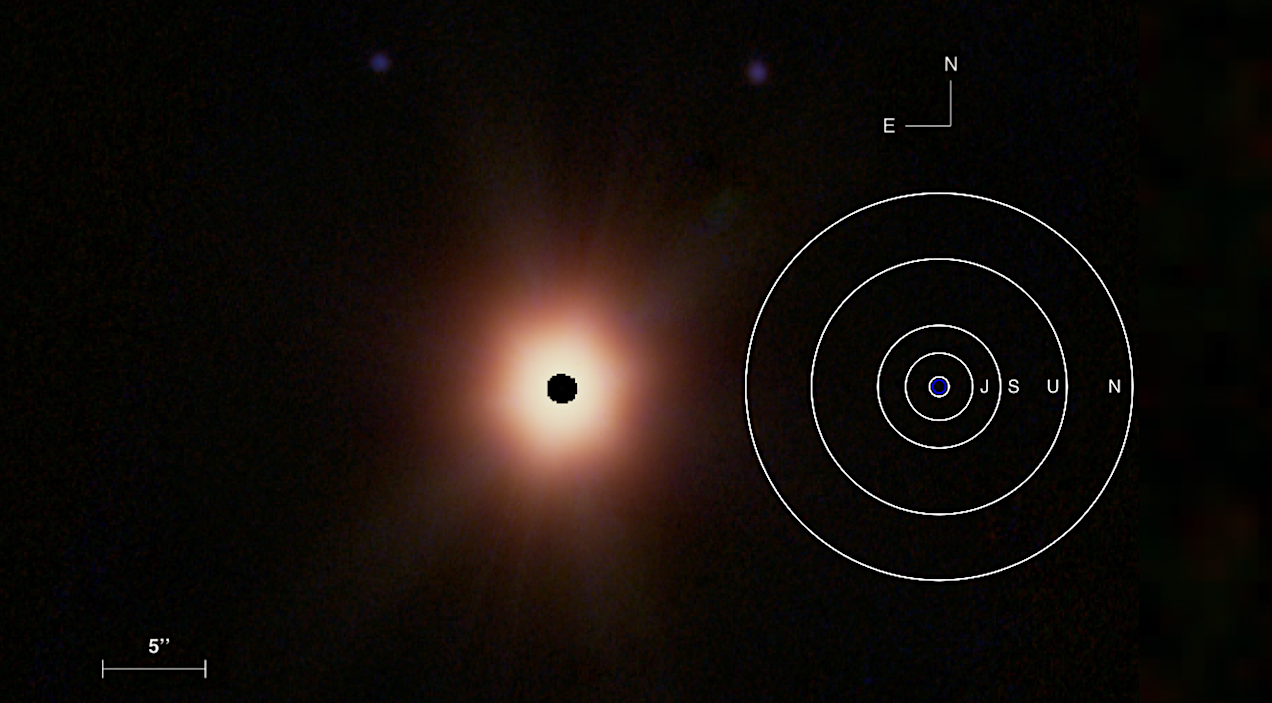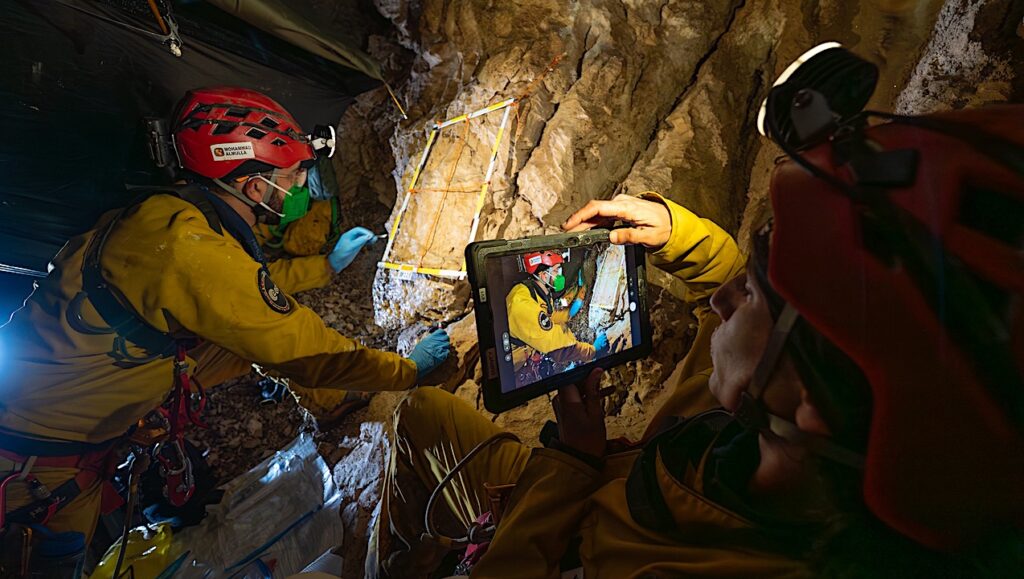JWST/MIRI Imaging of the Warm Dust Component of the Epsilon Eridani Debris Disk

We present JWST/MIRI observations of the debris disk surrounding the nearby, solar analog Epsilon Eridani obtained as part of the Archetypal Debris Disk GTO program.
Multi-wavelength images from 15, 18, 21, and 25.5 μm show a smooth dust distribution with no evidence of sculpting by massive planets outside of 5 au. Maps of the color temperature and opacity constrain the dust properties while radiative transfer modeling of a warm dust component traces the interaction between the debris disk and Epsilon Eri b (∼3.5 au).
Dynamical and collisional modeling further shows that the disk morphology is dominated by dust produced in the outer planetesimal belt (∼70au) moving inward via stellar wind drag. We confirm the presence of a disk interior to the Epsilon Eri b orbit first detected from mid-IR interferometry. Drag dominated inner disk regions have also been observed around Vega and Fomalhaut hinting at the diversity of asteroid belt analogs.
Schuyler G. Wolff, András Gáspár, George Rieke, Jarron M. Leisenring, Antranik A. Sefilian, Marie Ygouf, Jorge Llop-Sayson
Subjects: Earth and Planetary Astrophysics (astro-ph.EP)
Cite as: arXiv:2509.24976 [astro-ph.EP] (or arXiv:2509.24976v1 [astro-ph.EP] for this version)
https://doi.org/10.48550/arXiv.2509.24976
Focus to learn more
Journal reference: 2025 AJ 170 244
Related DOI:
https://doi.org/10.3847/1538-3881/adfcd6
Focus to learn more
Submission history
From: Schuyler Wolff
[v1] Mon, 29 Sep 2025 16:05:00 UTC (20,931 KB)
https://arxiv.org/abs/2509.24976
Astrobiology,








